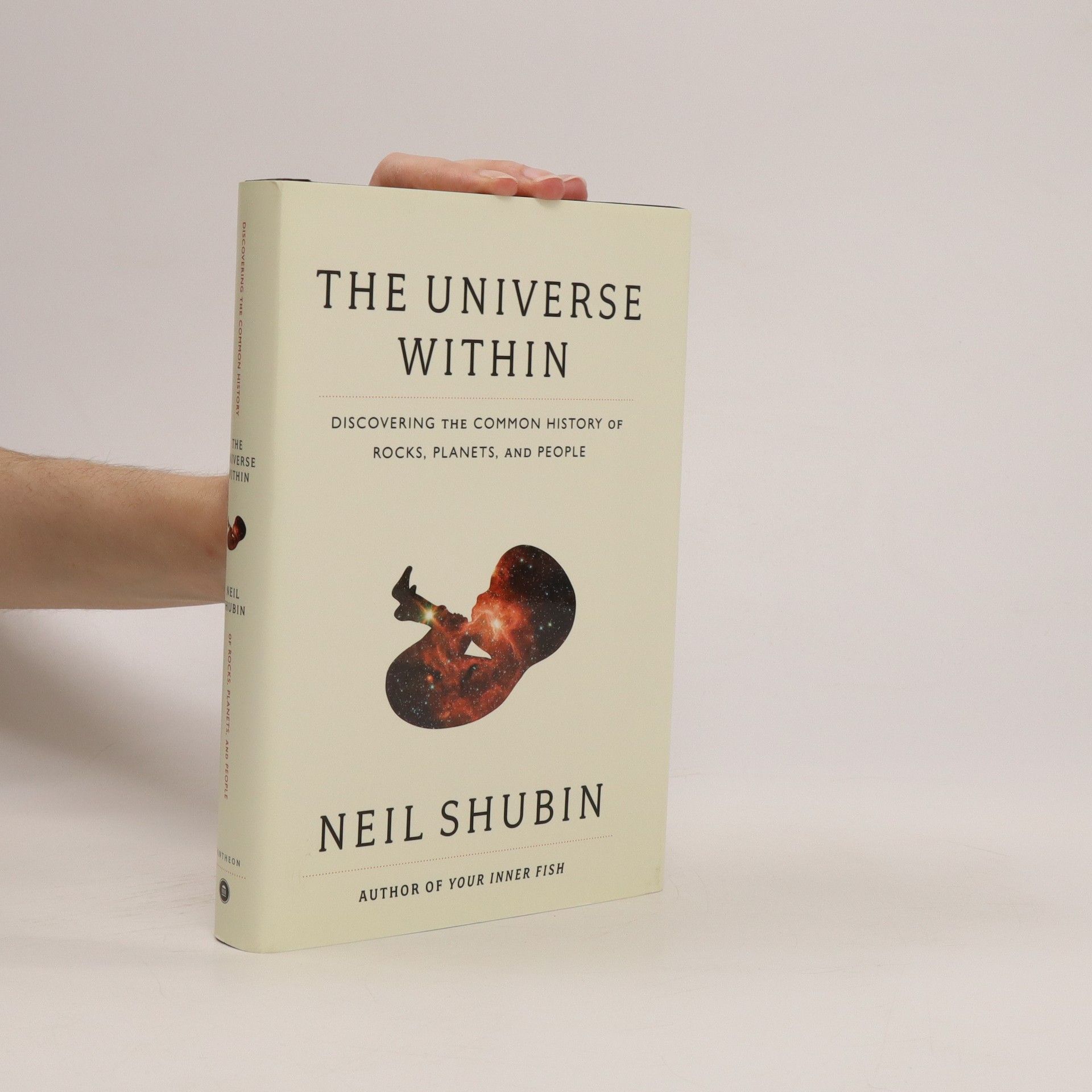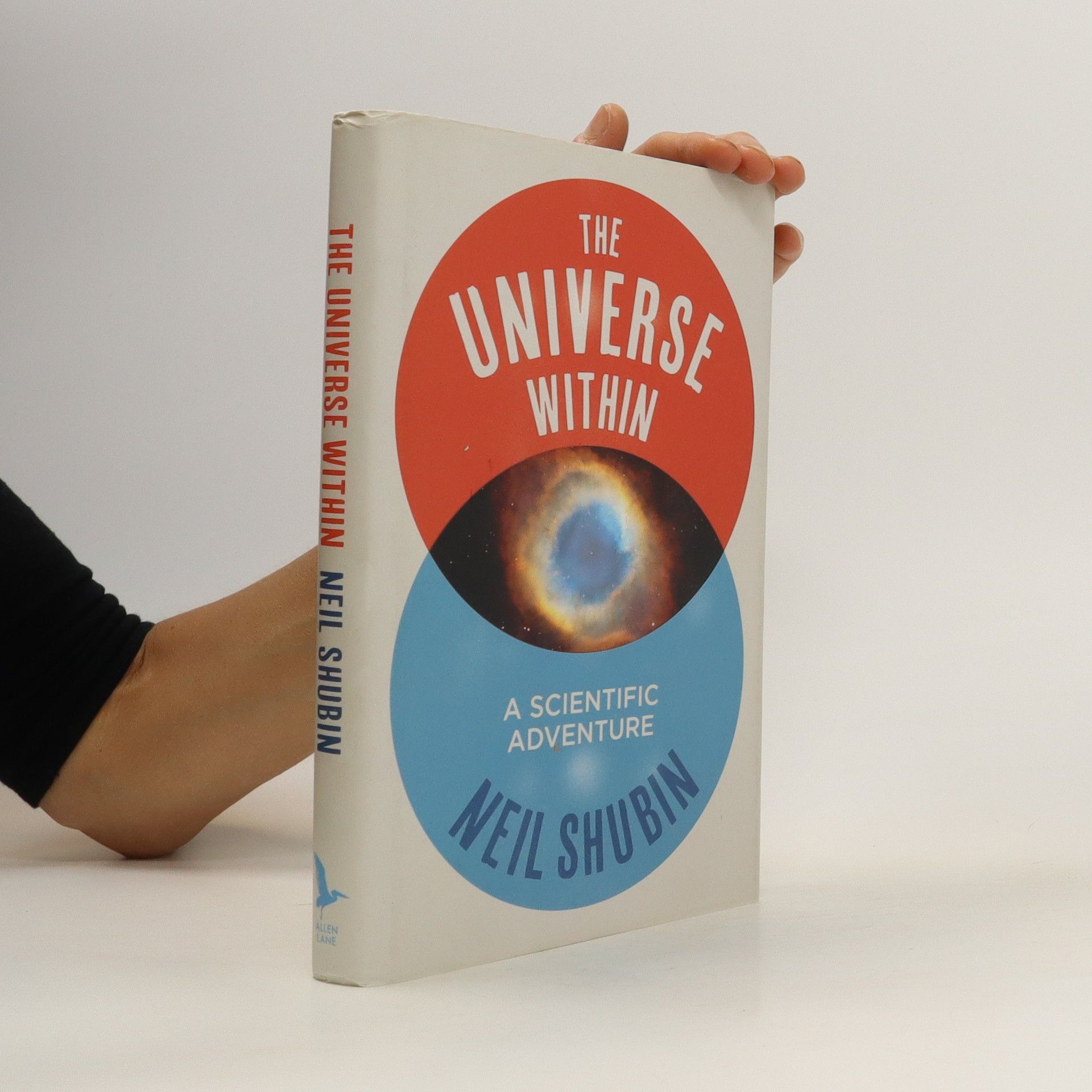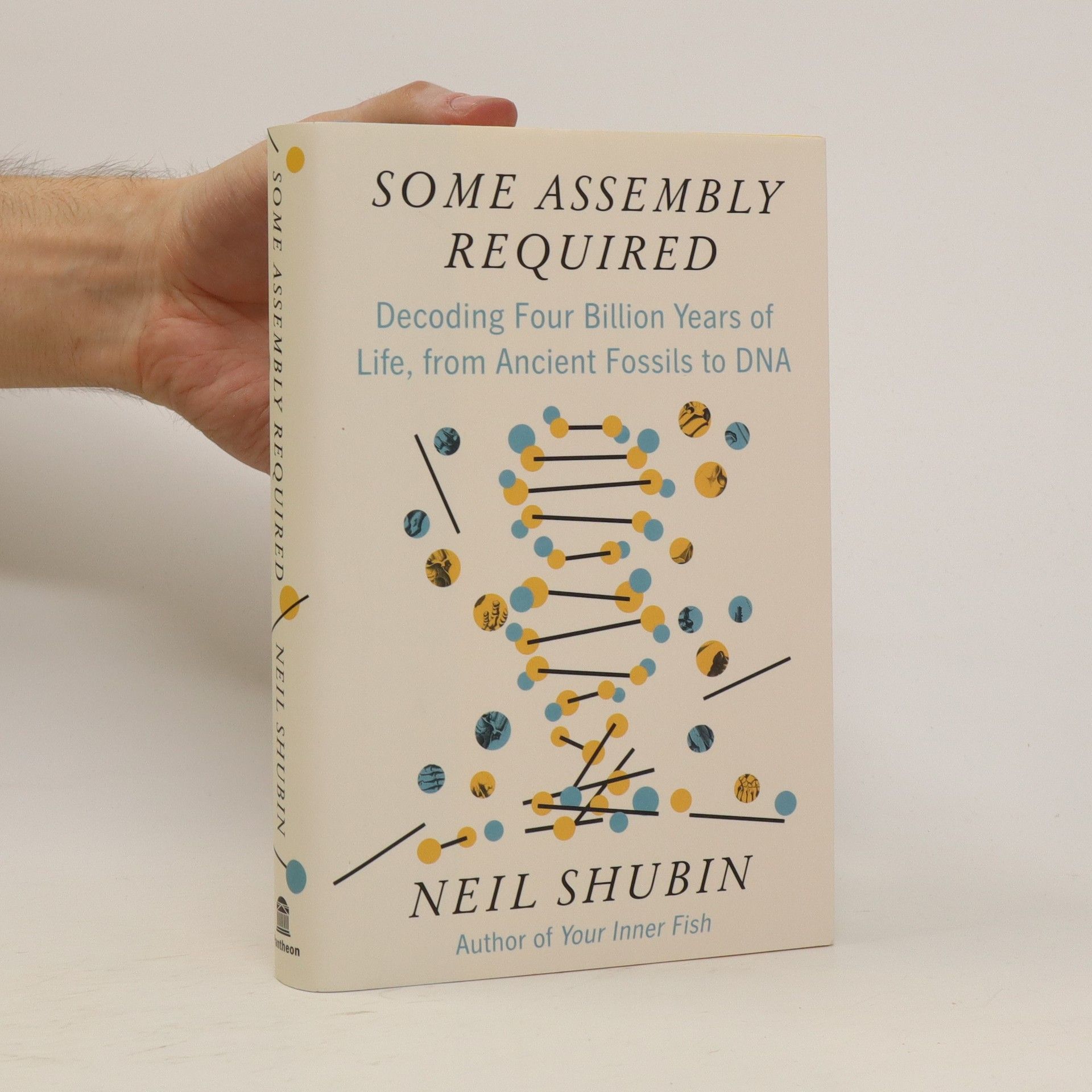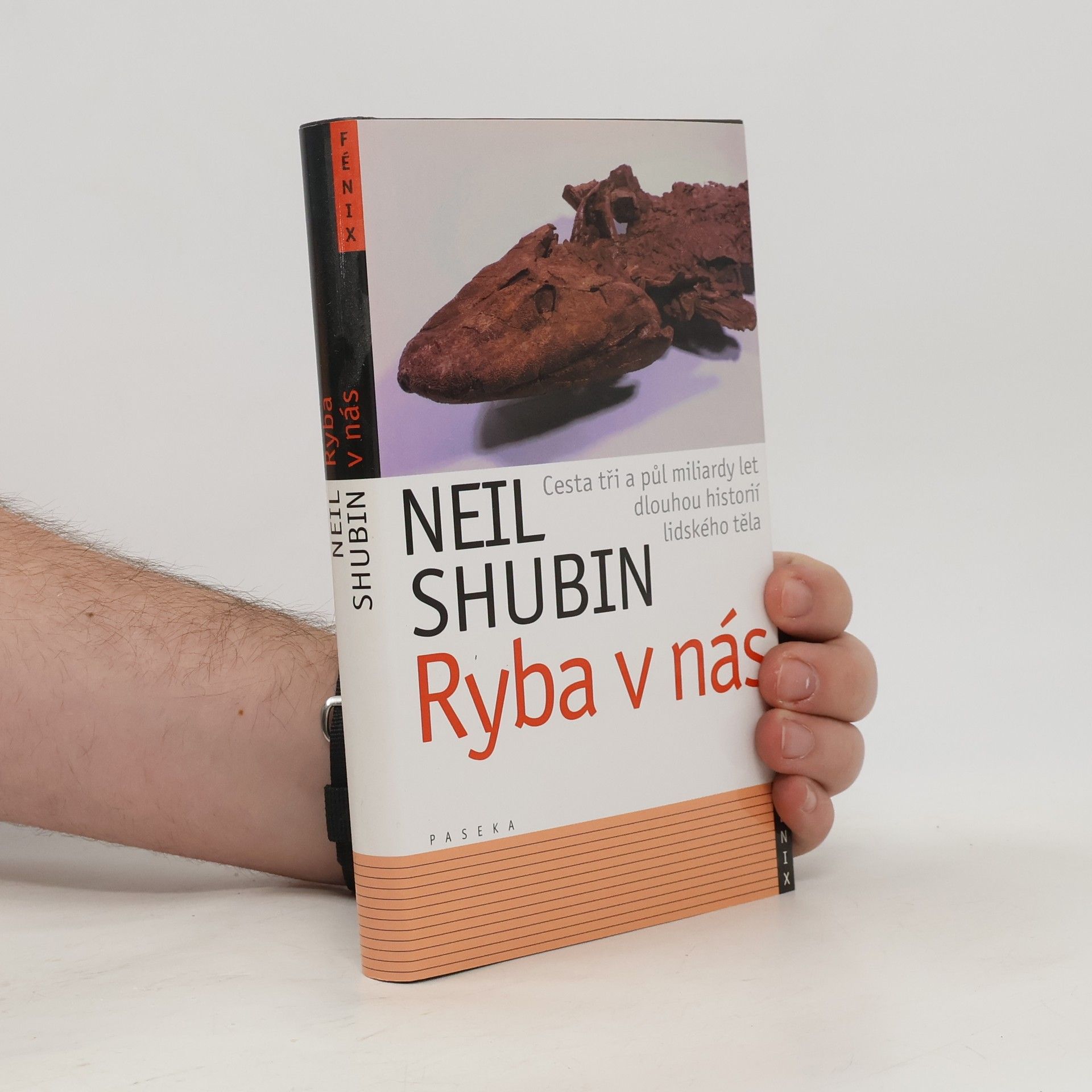O objevu 375 milionů let staré přechodové formy mezi rybou a obojživelníkem v odlehlém koutě arktické Kanady i o tom, že v každém z nás je skryta ryba, byť v zastřené a pozměněné podobě, o tom, jak se postupně měnilo rybí tělo v tělo savce (a člověka), a nejen o tom, vypráví ve své nesmírně originální knize Neil Shubin, účastník objevu oné pradávné ryby zvané Tiktaalik. Zábavnou formou spojuje dobrodružství v paleontologii s vědeckými poznatky a odhaluje mnoho překvapivých souvislostí mezi naší anatomií a anatomií ryb, plazů a dalších tvorů.
Neil Shubin Knihy






Shubin describes how over the last half-century, scientists have been able to explore how genetic recipes build bodies during embryological development--how these inventions and adaptations occur in a nonprogressive manner in different contexts, at different speeds
The universe within : a scientific adventure
- 225 stránek
- 8 hodin čtení
During the past 13.7 billion years (or so) since the Big Bang, our universe has evolved, stars have formed and died and our planet congealed from the matter in space. In this title, the author reveals to us the extraordinary cosmic and evolutionary adventure of our own bodies.
The Universe Within
- 225 stránek
- 8 hodin čtení
**Kirkus Best Books of the Year (2013)** From one of our finest and most popular science writers, and the best-selling author of Your Inner Fish, comes the answer to a scientific mystery as big as the world itself: How are the events that formed our solar system billions of years ago embedded inside each of us? In Your Inner Fish, Neil Shubin delved into the amazing connections between human bodies--our hands, heads, and jaws--and the structures in fish and worms that lived hundreds of millions of years ago. In The Universe Within, with his trademark clarity and exuberance, Shubin takes an even more expansive approach to the question of why we look the way we do. Starting once again with fossils, he turns his gaze skyward, showing us how the entirety of the universe's fourteen-billion-year history can be seen in our bodies. As he moves from our very molecular composition (a result of stellar events at the origin of our solar system) through the workings of our eyes, Shubin makes clear how the evolution of the cosmos has profoundly marked our own bodies. WITH BLACK-AND-WHITE LINE DRAWINGS THROUGHOUT
Die Geschichte des Lebens
Vier Milliarden Jahre Evolution entschlüsselt